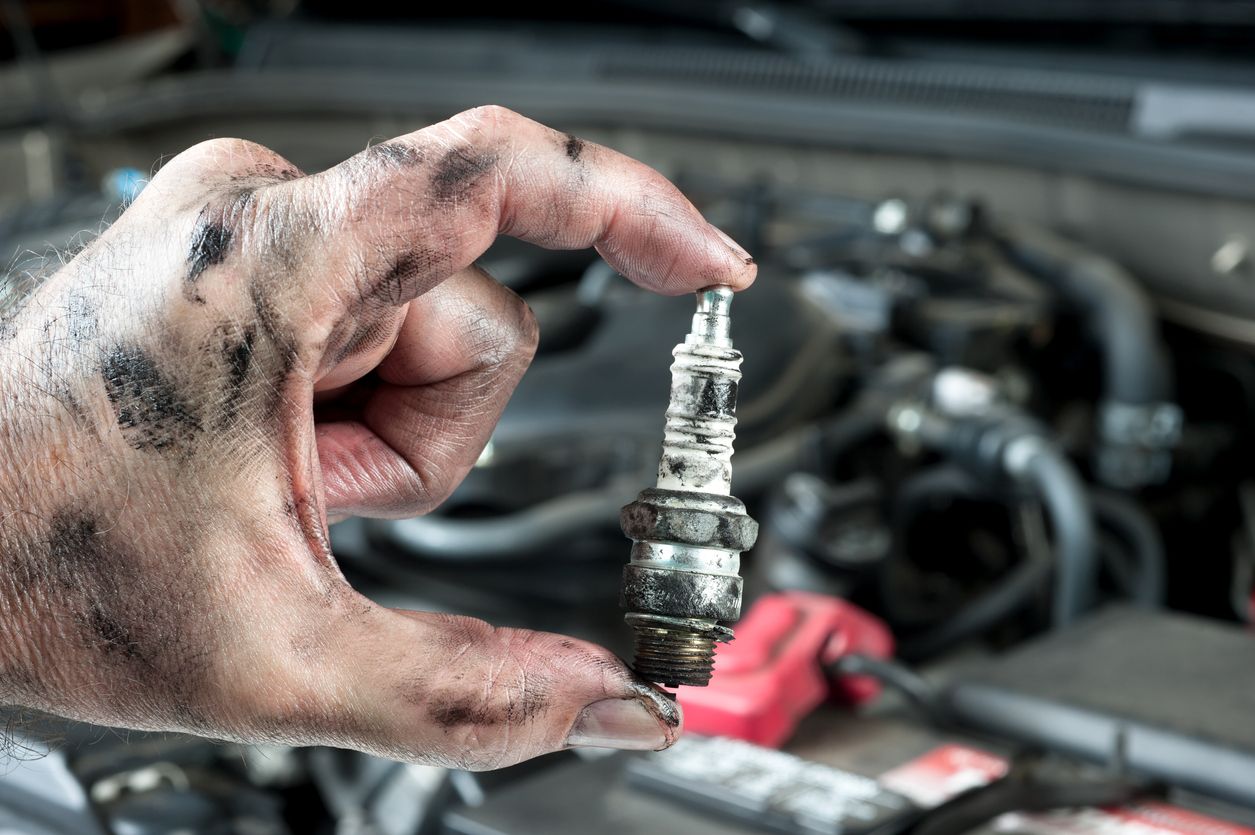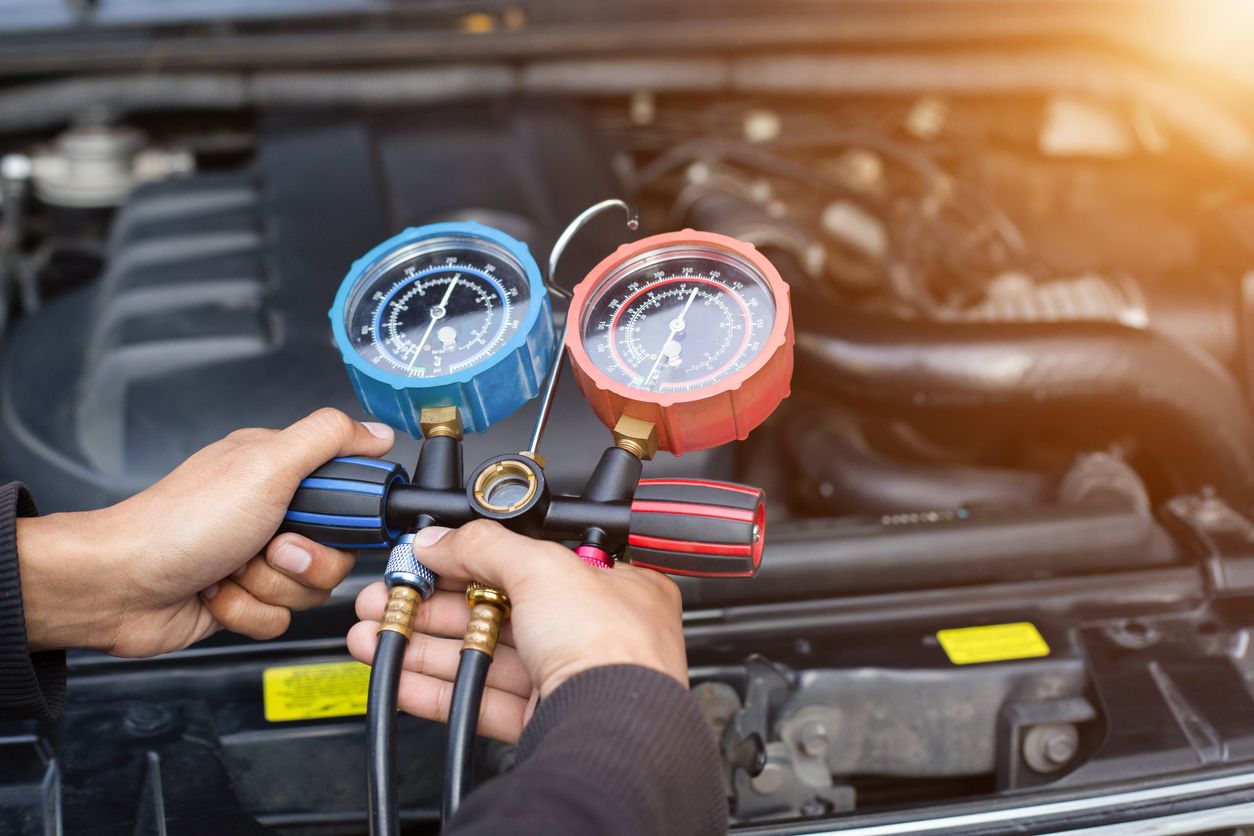There are many factors to consider with electric vehicles (EVs), like range anxiety and increased tire wear, but many often overlook storage. So, whether you have a busy schedule, are planning a long vacation, or simply want to know more about your EV, it’s crucial to learn how extended periods of disuse can affect your ride.
Read on to learn whether EVs lose charge when parked, how long they can sit without charging, and how to keep your EV in tip-top shape while you’re not driving.
Do Electric Cars Lose Charge When Parked?
Like all batteries, electric car batteries lose charge over time, even when they’re not in use. There are two main reasons for this — self-discharge and vampiric drain.
Self-discharge
This phenomenon happens due to a variety of factors — from ongoing chemical reactions inside of your battery to the temperature outside of the battery. The rate of self-discharge depends on the type of battery. Lead acid 12V batteries, like those found in traditional vehicles, generally discharge at a rate of 5% per month, though various factors can increase that number. On the other hand, high-voltage lithium-ion batteries, like the ones found in most electric vehicles, only discharge about 1-2% per month in average conditions.
Vampiric Drain
It might sound like a spell from your favorite fantasy series, but vampiric drain is a real thing. As its name indicates, vampiric drain occurs when things outside of your battery slowly “suck” power from it. This kind of drain can occur due to stock installations like Tesla’s Sentry Mode security system or aftermarket items that are constantly plugged in and powered by USB devices. Though the vampiric drain tends to be small, it can add up to a dead battery if you let your car sit too long without a charge.
How Long Can an Electric Car Sit Without Charging?
How long your electric car can sit without charging depends on factors like:
- Battery Size: Intuitively, the larger your battery is, the more self-discharge it can withstand before dropping to 0%, and vice versa.
- Power Save Modes: Some EV manufacturers have built power-saving modes into their vehicles. These modes often disable various accessories and software to prevent vampiric drain and extend battery life.
- State of Charge (SOC): You might think that a fully charged electric vehicle could be stored for longer periods of time, but letting your battery sit at 100% charge for extended periods can damage its cells. Additionally, batteries deplete faster at both ends of their charging spectrums, with most lithium-ion batteries in EVs holding their charge best between 30-80% SOC.
- Temperature: The climate your EV is stored in also affects how long its high-voltage battery can sit without charging. Temperatures below 40°F or above 80°F can cause your battery to drain faster. The sweet spot for EV batteries varies but tends to be around 70–80°F.
Generally, most EVs can sit for months without charging, providing they are stored at an 80% charge in a temperature-controlled environment. But be warned — if your EV battery drops to 0% and sits there, it can damage cells and permanently lower your high-voltage battery’s capacity. We recommend having your vehicle checked on and potentially charged at least every three months. Check your Owner’s Manual for more specific instructions.
Is it Safe to Leave Your EV Plugged in?
So, it’s not the best idea to let your EV sit without charging for too long — but can you avoid the problem altogether by keeping it on the charger while you’re away? Not really. In fact, preventing battery overcharging is one of our top five electrical vehicle maintenance tips. The more often your battery drains to 0% or charges to 100%, the more likely it is to experience reduced longevity. To maximize your battery’s lifespan, the general guideline is to keep it between about 20% and 80% charged.
However, some manufacturers have built-in protection against under and overcharging, while others may not, so always follow the guidance in your EV’s owner’s manual.
How Long Can an Electric Car Sit Without Being Driven?
At first glance, it might seem like we’ve already answered this question, but the operative word here is “driven.” Just like traditional vehicles, certain components of electric cars can be affected if they sit too long. So, if you haven’t driven your electric vehicle in a long time, you’ll want to inspect these things before taking it out of storage:
- Tires: Even though EV-specific tires are often constructed to withstand increased battery weight and nearly instant torque, they can suffer from the same issues traditional tires do, like pressure loss, flat spots, and dry rotting from sitting for long periods.
- Brakes: While many EVs utilize regenerative braking to slow themselves down and recharge their batteries, most still have traditional braking systems, too. If brake systems are inactive for long periods, brake components can seize up.
- Fluids: Like traditional vehicles, some EVs utilize fluids in various systems. When left to sit for a long time, seals can dry out, leading to leaks and low fluid levels. Fluid health may also be compromised due to moisture absorption and other factors.
Wondering how to check these components? Ensure your car has a clean bill of health by bringing it to Firestone Complete Auto Care for a complete vehicle inspection or free EV/Hybrid check.
Get Ready for an Electrifying Comeback with Firestone Complete Auto Care
Considering leaving your EV in long-term storage? Stop by your local Firestone Complete Auto Care before and after to ensure your vehicle is in tip-top shape. From general EV car maintenance for tires, brakes, and steering and suspension systems to high-voltage battery repairs, we've got you covered! Contact your nearest store to ensure these services are available in your area, and book your appointment today!



